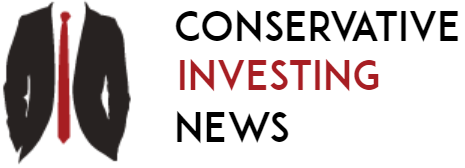CBRE anticipates some degree of cap rate compression this year, which could serve as a key incentive for investors. Under current conditions, this compression is more likely to occur in the year’s second half. However, if bonds rally and the broader macroeconomic environment remains favorable, investment activity could accelerate earlier in the year. While there is potential for cap rates to compress more than expected, this is likely to be limited because interest rates are unlikely to return to their pre-pandemic lows.
<!–>
This outlook for cap rate compression ties closely to broader trends in the bond market and investor sentiment. Over the past few months, the Federal Reserve has taken significant steps to ease monetary conditions, cutting the federal funds rate by 50 basis points in September 2024 and following up with two additional 25-point cuts in November and December. However, these moves have not led to the bond rally that might typically be expected. Instead, yields on the 10-year Treasury note rose more than 100 basis points, reaching 4.79% by January 13, 2025. Although they declined to 4.23% by March 31, 2025, yields remain over 60 basis points higher than their levels from last September.
Recommended For You
–>
CBRE attributes this lack of a bond rally to several factors. Investors have been buoyed by expectations of strong economic growth but are simultaneously concerned about policy uncertainty and growing budget deficits. These concerns were reflected in CBRE’s 2025 U.S. Investor Intentions Survey, where nearly 70% of respondents identified volatile and elevated long-term bond yields as the top investment challenge for the year.
The CRE market has also been navigating a period of significant repricing over the last three years. Values have dropped approximately 20%, with the office sector experiencing particularly steep declines. Despite these challenges, CBRE does not foresee further value losses unless the yield on the 10-year Treasury note rises into the upper end of the 4% range. Projections from firms such as Derivative Logic and Chatham Financial suggest that yields will stabilize around 4.3% by early 2026. In addition, Treasury Secretary Scott Bessent has underscored the administration’s commitment to containing the 10-year yield, which could provide further stability.
<!–>
These dynamics create a cautiously optimistic outlook for CRE investment in 2025. With long-term bond yields hovering near 4% and investor confidence gradually improving, CRE pricing is expected to remain stable throughout the year. If bond markets continue to rally and economic conditions remain favorable, cap rate compression could exceed expectations, further encouraging investment activity. As a result, 2025 presents promising opportunities for CRE investors who are well-positioned to navigate this complex but potentially rewarding landscape.
–>
